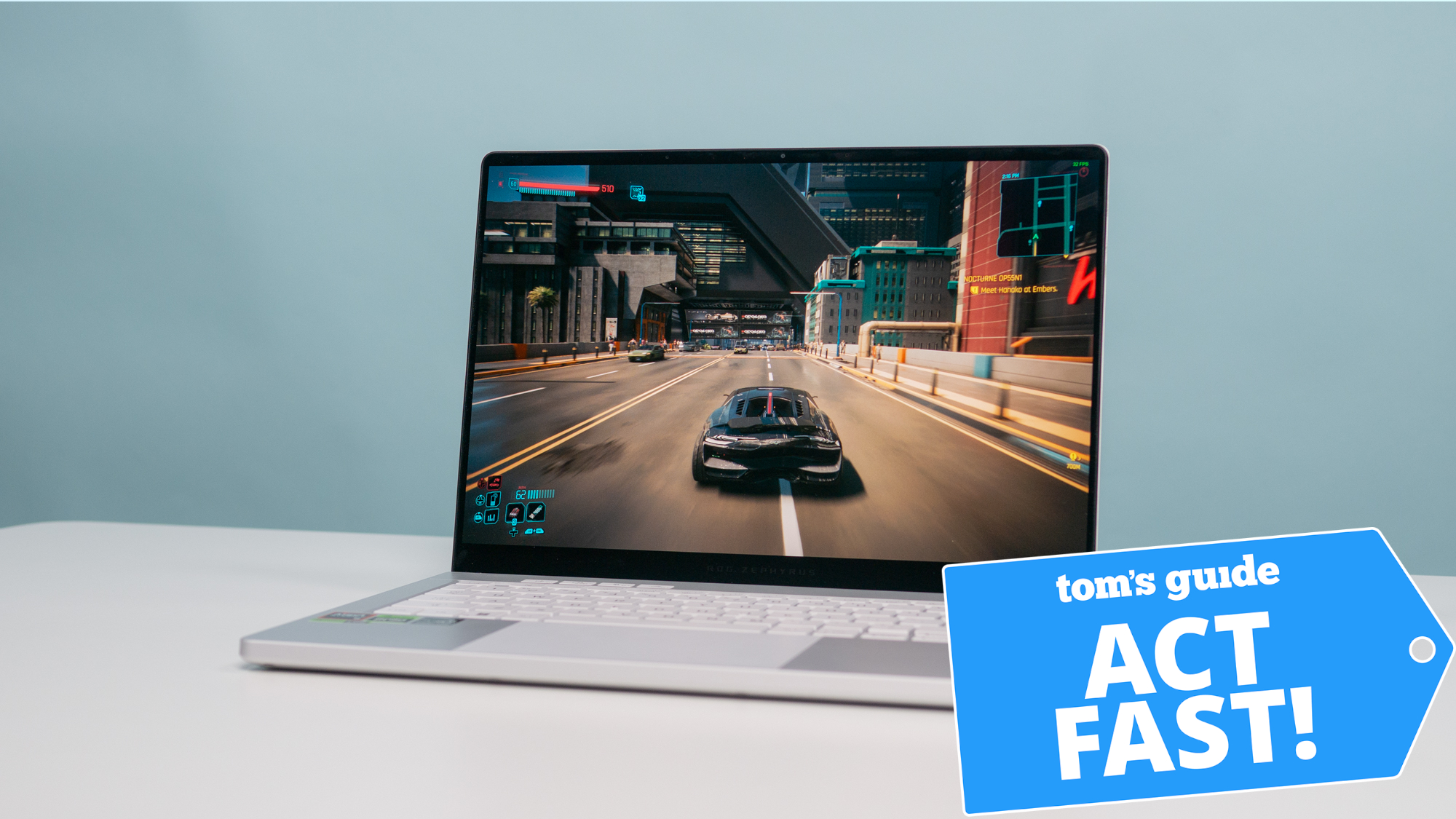Samsung has made a huge Galaxy S20 mistake
Something big is missing from the Galaxy S20 lineup.

When Samsung announced the pricing for the Galaxy S20, Galaxy S20 Plus and Galaxy S20 Ultra, there was definitely some sticker shock happening. Um, does that say $1,400 for a phone? And that’s not even the biggest issue facing Samsung.
The regular Galaxy S20 starts at $999 and the Galaxy S20 Plus starts at $1,199. Both of these prices are in line with the iPhone 11 Pro and iPhone 11 Pro Max respectively. But the Galaxy S20 Ultra starts at $1,399. And you’ll pay $200 more if you want to jump from 12GB of RAM to 16GB and from 128GB of storage to 512GB.
For a total of $1,599, you could buy the $1,299 13-inch MacBook Pro and still have money left over for the $249 iPad. Isn’t this nuts?
To be fair, the Galaxy S20 Ultra has a lot of things going for it, including a huge 6.9-inch display (you won’t need a tablet), built-in 5G (which MacBooks don’t have) and a new camera system that delivers 10x lossless zoom.
So, yes, a starting price of $1,399 is a lot of money, but I’m willing to give Samsung the benefit of the doubt that the Galaxy S20 Ultra could justify the premium if the experience measures up to the cutting-edge specs.
Where is the iPhone 11 killer?
What the Galaxy S20 lineup does not address is the iPhone 11. The iPhone 11 starts at $699, and was among the top 5 selling phones for 2019. Samsung does not have a phone under $999 in the Galaxy S20 series, which is a huge gap.
Last year Samsung launched the Galaxy S10e, which included some of the key features of the regular S10 and started at $749. You didn’t get the S10’s in-screen fingerprint sensor, but the S10e had the same powerful Snapgradon 855 processor and versatile dual cameras.
Fast forward to this year and Samsung does not have a proper sequel to the Galaxy S10e. Instead, the company has simply dropped the prices on its Galaxy S10 lineup. The S10e is $599, the regular Galaxy S10 is $749 and the Galaxy S10 Plus costs $849.
None of these discounted phones are a true competitor to the iPhone 11, though, because Apple’s device has better cameras and faster performance. (In fact, here's how the Galaxy S10 compares to the iPhone 11 Pro.) Plus, there’s something about the Galaxy S10 name that just screams “old." (I suppose a 10-step jump in naming convention will do that for you.)
Samsung has also unveiled mid-range phones in the Galaxy Note 10 Lite and the Galaxy S10 Lite, but there’s no word on pricing or availability in the U.S. And these handsets suffer from a similar marketing problem. “Lite” does not inspire confidence — and even less so when you're talking about a Lite model of last year's phone.
Maybe the Galaxy S10e simply didn’t sell well enough for Samsung to make a sequel. And there’s also the matter of 5G, which surely adds to the cost the Galaxy S20 lineup. But right now, not having a new and direct answer to the iPhone 11 sounds like a big mistake.
Sign up to get the BEST of Tom's Guide direct to your inbox.
Get instant access to breaking news, the hottest reviews, great deals and helpful tips.
Mark Spoonauer is the global editor in chief of Tom's Guide and has covered technology for over 20 years. In addition to overseeing the direction of Tom's Guide, Mark specializes in covering all things mobile, having reviewed dozens of smartphones and other gadgets. He has spoken at key industry events and appears regularly on TV to discuss the latest trends, including Cheddar, Fox Business and other outlets. Mark was previously editor in chief of Laptop Mag, and his work has appeared in Wired, Popular Science and Inc. Follow him on Twitter at @mspoonauer.

